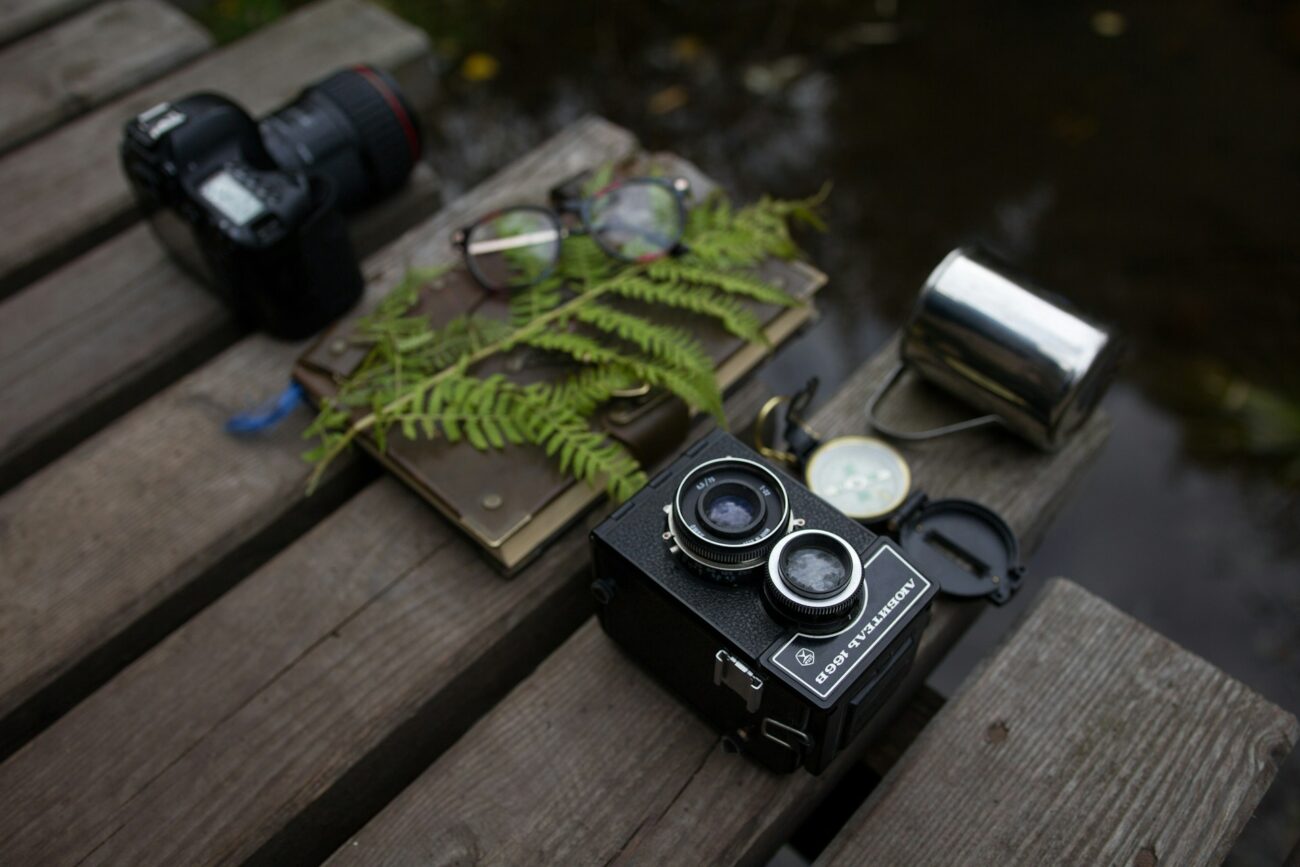The natural world offers an endless canvas of breathtaking moments waiting to be captured through your lens. Outdoor photography allows us to preserve fleeting instances of beauty—from dramatic mountain vistas at sunrise to delicate dewdrops on a spider’s web. While professional photographers make it look effortless, successful outdoor photography requires understanding fundamental principles and techniques. This guide will walk you through everything you need to know to begin your outdoor photography journey, from essential gear choices to mastering natural light and finding compelling compositions. Whether you’re planning your first photo hike or looking to improve your existing skills, these practical tips will help you capture images that truly reflect the wonder of the outdoors.
Understanding Your Camera: Beyond Auto Mode
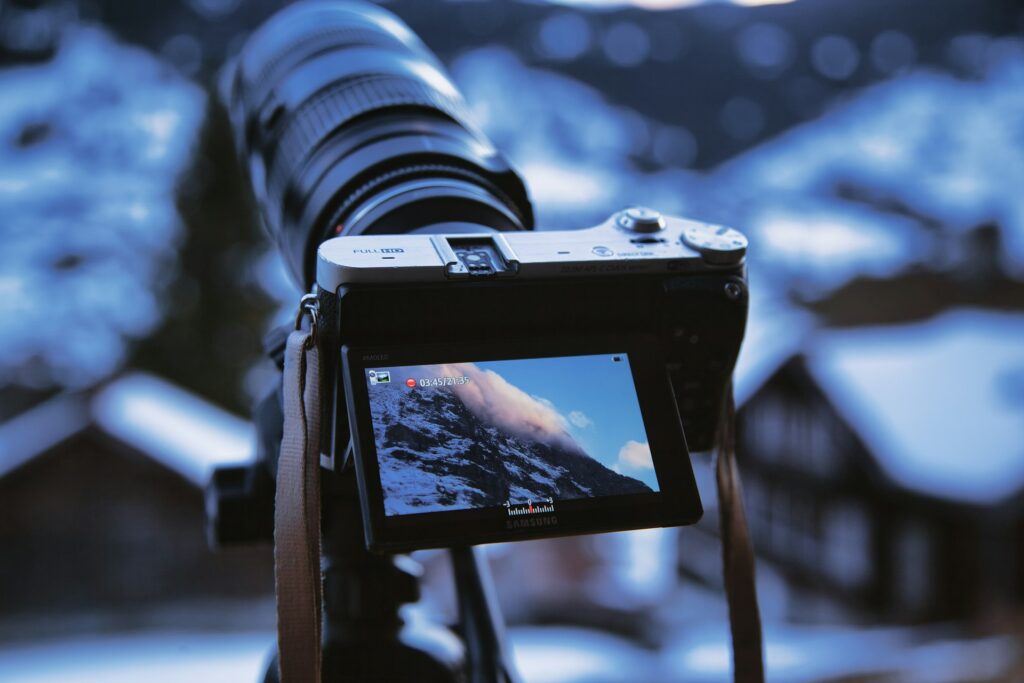
Becoming comfortable with your camera’s manual settings is the first step toward capturing impressive outdoor photographs. While auto mode can produce decent results, learning to control aperture, shutter speed, and ISO gives you creative control over your images. Aperture (measured in f-stops) determines depth of field—how much of your image appears in focus—with smaller numbers like f/2.8 creating pleasing background blur for subjects like wildflowers, while larger numbers like f/16 keep landscapes sharp from foreground to background. Shutter speed controls how motion is captured, with fast speeds freezing action (like birds in flight) and slow speeds creating dreamy effects with moving water or clouds. The ISO setting adjusts your camera’s sensitivity to light, allowing you to shoot in dimmer conditions, though higher ISO values can introduce digital noise that reduces image quality.
Essential Gear for Outdoor Photography
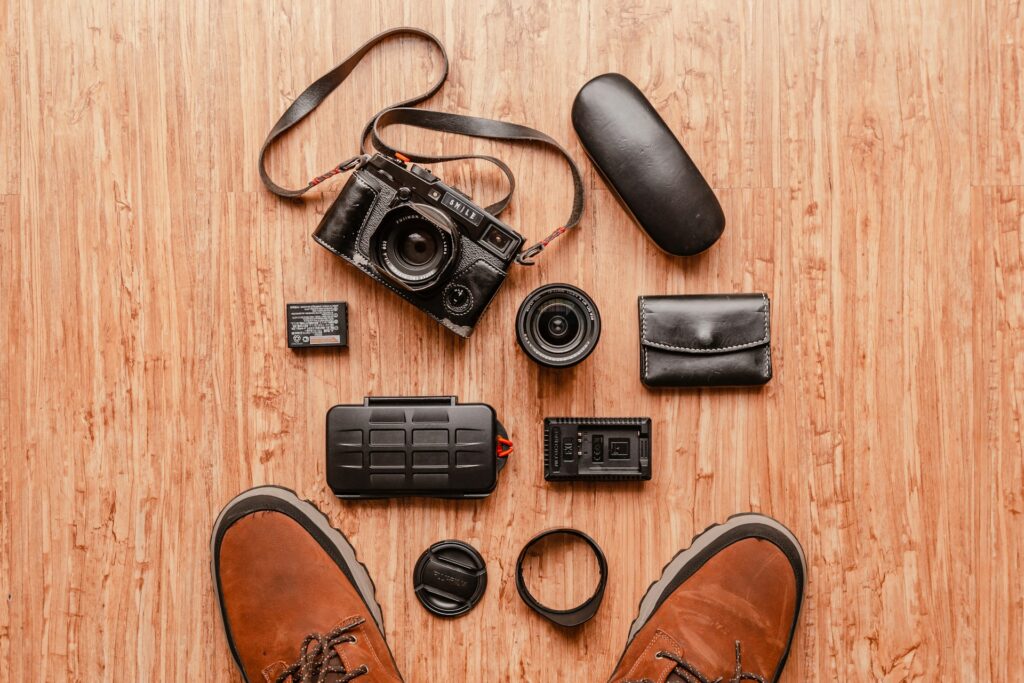
While it’s tempting to load up on equipment, start with versatile essentials that won’t weigh you down on the trail. A sturdy tripod is perhaps the most important accessory, providing stability for sharp images in low light and allowing for longer exposures that capture movement in water or clouds. A versatile zoom lens (something like 24-70mm or 18-55mm) offers flexibility for both wide landscapes and closer details without constant lens changes. Protect your investment with a weather-resistant camera bag, lens cleaning supplies, and extra memory cards and batteries—power sources deplete more quickly in cold conditions. Consider a circular polarizing filter, which reduces glare on water and foliage while enhancing color saturation and contrast in skies. For serious landscape photographers, graduated neutral density filters help balance bright skies with darker foregrounds in challenging lighting conditions.
The Golden Hours: Mastering Natural Light
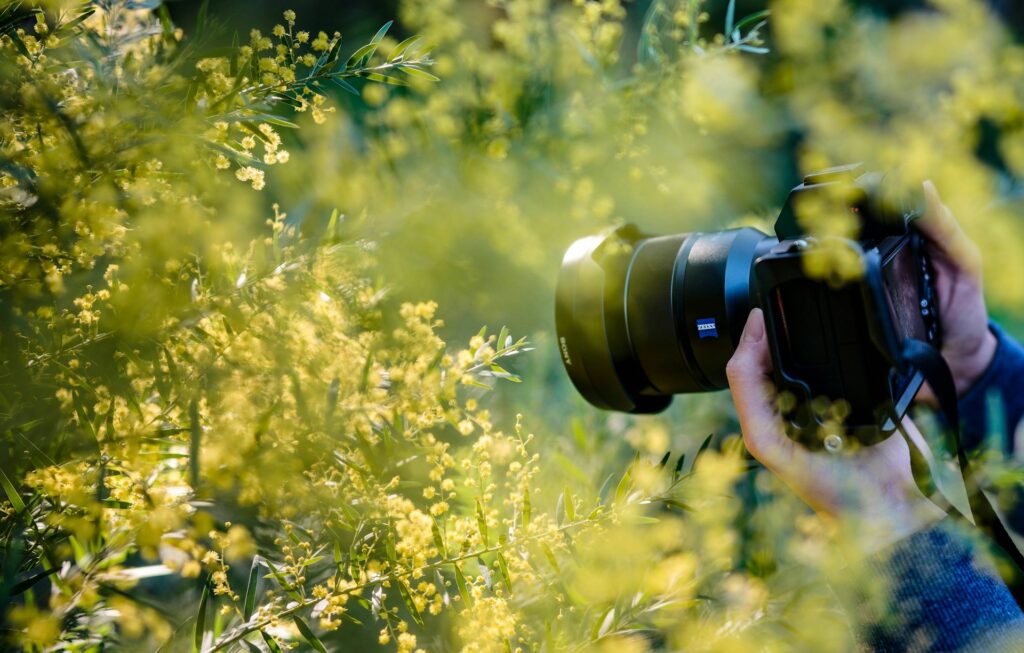
The quality of light dramatically affects outdoor photographs, with the golden hours—the period shortly after sunrise and before sunset—offering the most flattering illumination. During these times, the sun’s position near the horizon creates warm, golden light that adds dimension and depth through longer shadows, while reducing harsh contrast that can wash out details at midday. Early morning light often provides the bonus of mist rising from lakes or valleys, adding atmosphere to landscape compositions. If shooting during midday is unavoidable, look for subjects in open shade or consider photographing dense forests where the canopy filters harsh overhead light. Overcast days, while lacking dramatic shadows, offer perfect conditions for photographing waterfalls, woodland details, and colorful subjects like autumn leaves, as the cloud cover acts like a giant softbox, creating even illumination without problematic shadows or highlights.
Composition Fundamentals: Beyond the Rule of Thirds
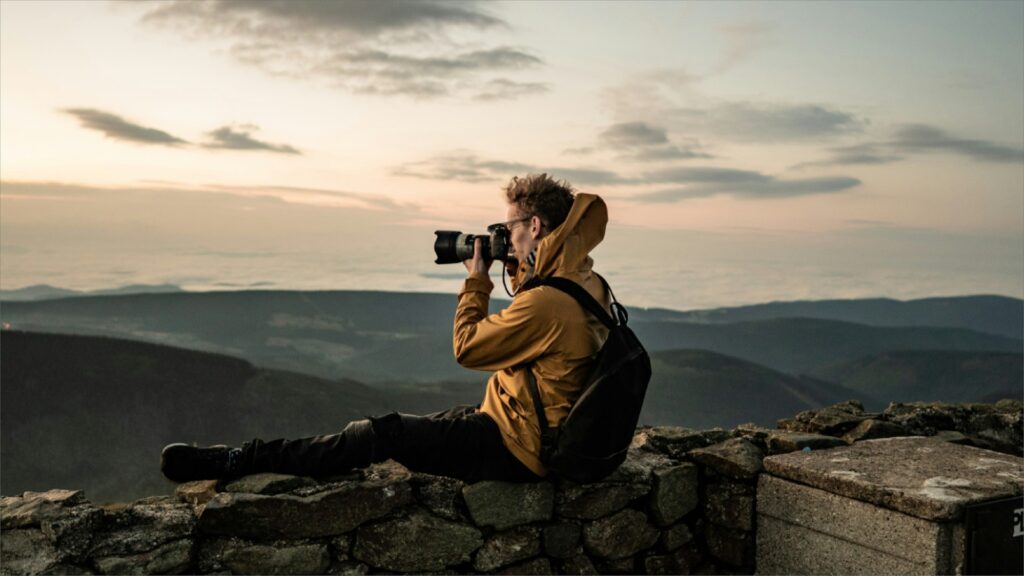
Strong composition transforms ordinary scenes into compelling photographs by guiding the viewer’s eye through the image. While the rule of thirds—dividing your frame into a grid and placing key elements along the lines or at intersections—provides a solid foundation, outdoor photography offers opportunities for more dynamic approaches. Leading lines such as winding paths, river edges, or fallen trees create visual pathways that draw viewers deeper into the scene. Including foreground elements like rocks, flowers, or branches adds depth and scale to grand landscapes, creating a three-dimensional feel in a two-dimensional medium. When photographing expansive vistas, look for natural frames such as tree branches or rock formations that surround your main subject and provide context. Remember that effective composition often requires physically moving your position—crouching, climbing, or stepping sideways—rather than simply standing in one spot and zooming in or out.
Weather and Seasons: Embracing Changing Conditions
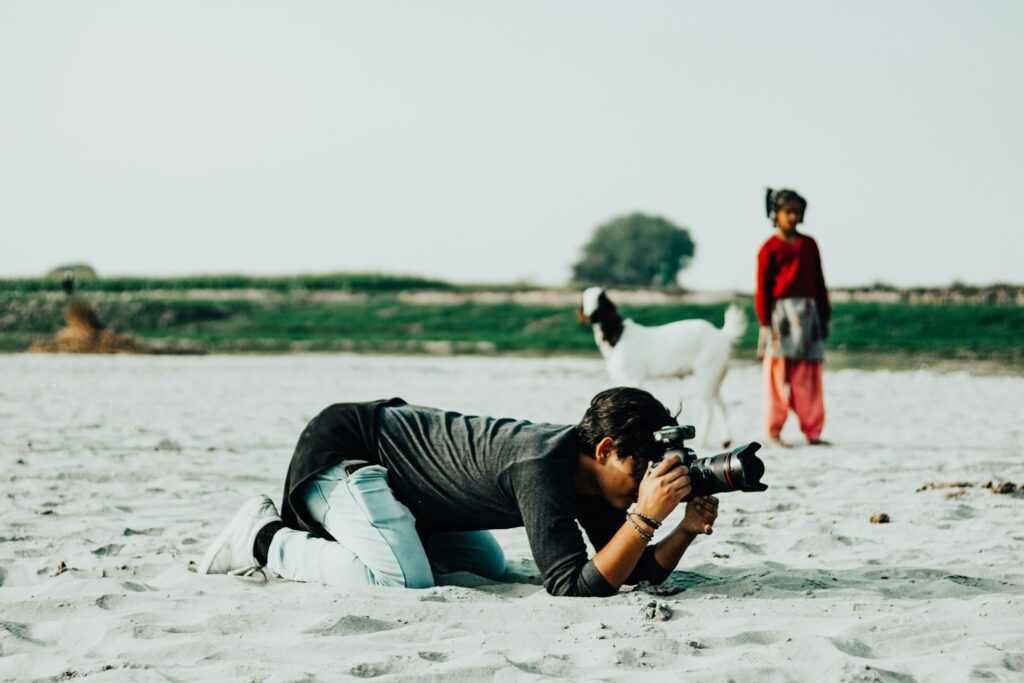
Changing weather and seasons offer diverse photographic opportunities for those willing to venture out in varying conditions. Stormy weather creates dramatic skies and moody atmospheres, particularly during the transition before or after rainfall when light breaks through clouds. Foggy conditions transform familiar landscapes into mysterious scenes, simplifying compositions by obscuring distracting elements and creating layers of depth. Each season presents unique characteristics: spring offers vibrant new growth and flowing waterfalls, summer provides lush greenery and dramatic thunderstorms, autumn delivers rich colors and golden light, while winter creates minimalist landscapes with snow and ice formations. Successful outdoor photographers develop the habit of checking weather forecasts and planning shoots around interesting conditions rather than hoping for perfect sunny days. Remember that appropriate clothing and gear protection become especially important when photographing in challenging weather—waterproof covers for cameras and layers for yourself can make the difference between capturing extraordinary images and missing opportunities.
Landscape Photography: Finding Your Focal Point
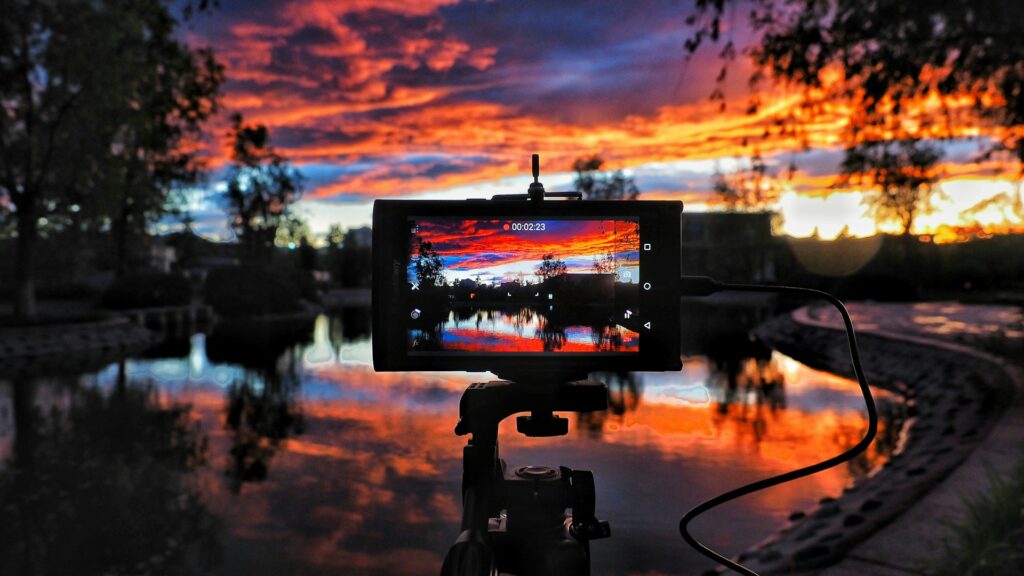
Effective landscape photographs typically feature a clear focal point that anchors the composition and gives viewers something specific to connect with. This might be a dramatic mountain peak, a solitary tree, a winding river, or even the interaction between land and sky at the horizon. Before pressing the shutter, ask yourself what specifically caught your attention in the scene and how you can emphasize that element through positioning, framing, or exposure choices. Creating visual weight with your focal point often involves considering its size in the frame, contrast with surroundings, or placement along compositional guidelines. When photographing grand vistas, resist the temptation to include everything—sometimes excluding certain elements strengthens the image by simplifying the visual story. Remember that successful landscape photography often requires patience and returning to locations multiple times as lighting and seasonal conditions change, transforming familiar scenes into entirely new photographic opportunities.
Wildlife Photography Basics: Patience and Preparation
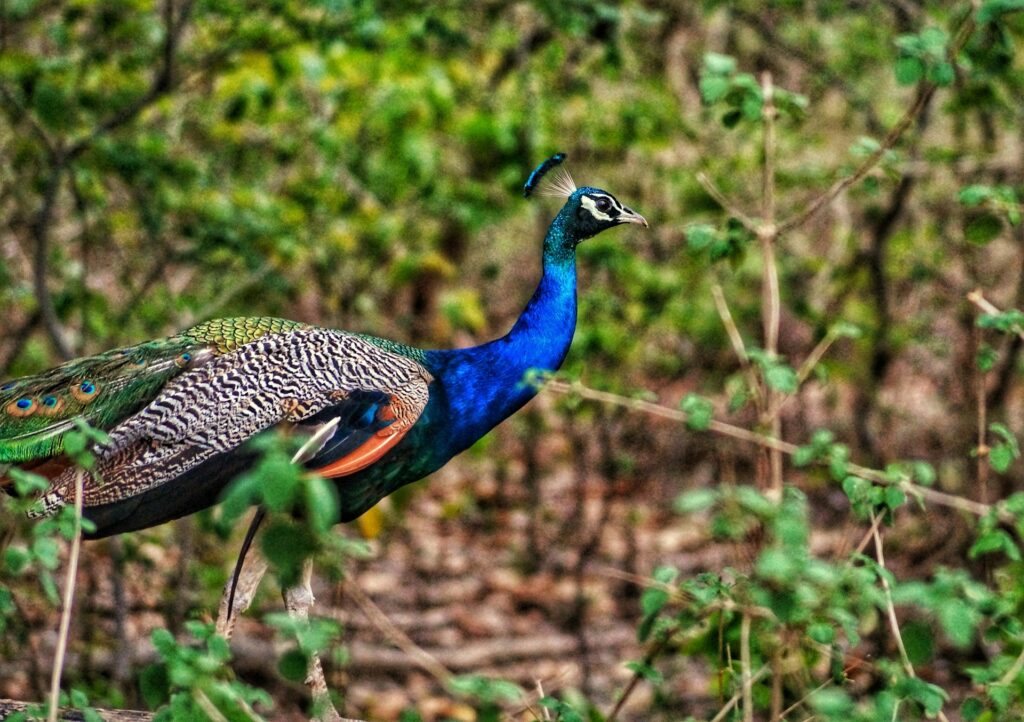
Wildlife photography combines technical skill with field craft and often requires significant patience to capture compelling images. Research your subject’s habits and habitat before heading out, understanding when and where animals are most likely to appear and how they typically behave. Longer telephoto lenses (300mm and beyond) allow you to maintain a respectful distance while still filling the frame with your subject, though they require solid stabilization techniques or faster shutter speeds to prevent blur. When composing wildlife images, leave space in the direction the animal is facing or moving to create a more dynamic composition that suggests movement and environment. Focus precision becomes critical with wildlife, particularly when using wider apertures—aim for the eyes, as a sharp eye creates an emotional connection with viewers even if other parts of the animal are slightly out of focus. Most importantly, practice ethical wildlife photography by prioritizing the animal’s welfare over getting the shot, never baiting or disturbing natural behaviors for the sake of a photograph.
Macro Photography: Revealing Miniature Worlds

Macro photography opens a window to the intricate details of the natural world that often go unnoticed, from the delicate structure of flower stamens to the compound eyes of insects. While dedicated macro lenses offer the best optical quality for close-up work, beginners can experiment with less expensive alternatives like extension tubes or close-up filters that attach to existing lenses. At high magnifications, even slight movements become significantly amplified, making a tripod essential for sharp results, though a monopod offers a practical compromise for outdoor mobility. Wind presents a particular challenge when photographing small subjects outdoors—bring a small reflector or piece of cardboard to block breeze, or consider using higher ISO settings to enable faster shutter speeds that freeze subtle movements. The extremely shallow depth of field in macro photography means careful consideration of your focus point is essential—generally prioritize the most important feature of your subject (like the eyes of an insect) and consider focus stacking techniques for more complex subjects where greater depth of field is desired.
Night Photography: Capturing the Stars and Beyond
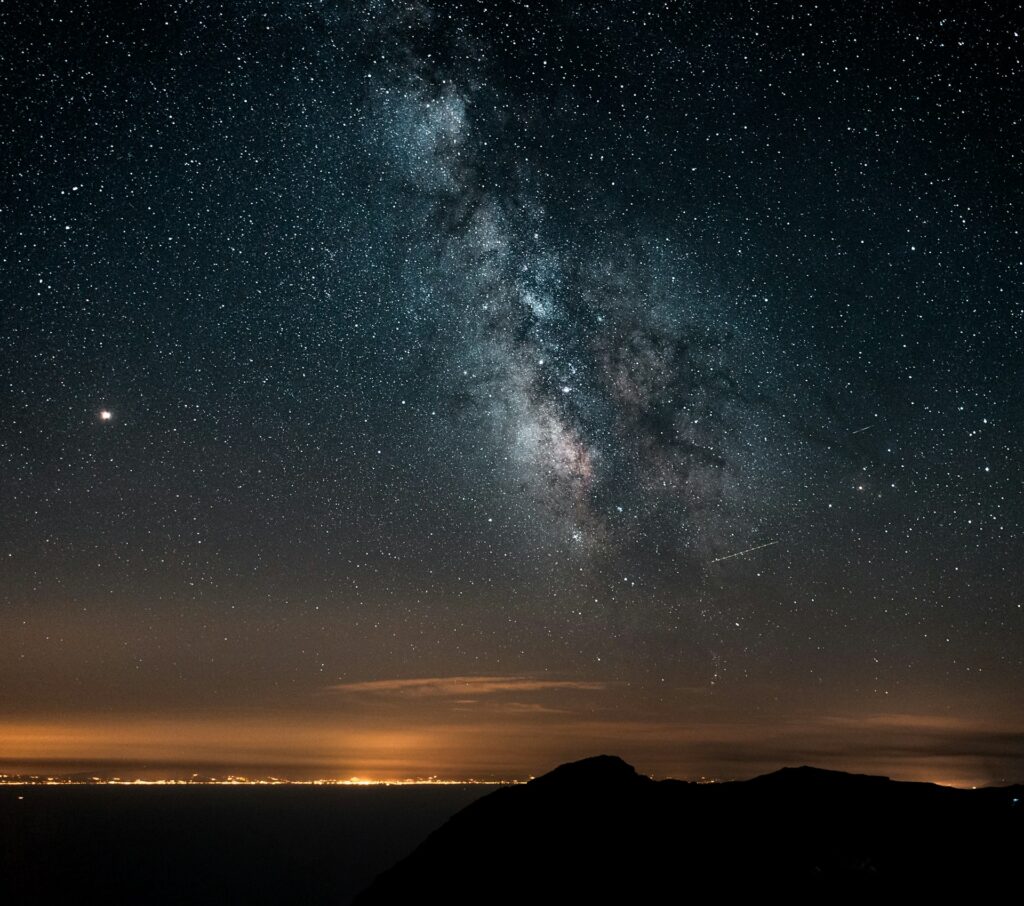
The night sky offers spectacular photographic opportunities, from star trails to the Milky Way, for those willing to venture out after dark with the right equipment and techniques. A sturdy tripod becomes absolutely essential for the long exposures required in night photography, as does a remote shutter release to prevent camera shake when triggering the exposure. Wide-angle lenses with large maximum apertures (f/2.8 or wider) gather more light and allow you to use shorter exposure times, which prevents stars from appearing as streaks rather than points due to Earth’s rotation. Understanding the basics of the 500 rule—dividing 500 by your lens focal length to determine maximum exposure time before star trails appear—helps you calculate appropriate settings. Location scouting becomes particularly important for night photography, as light pollution from cities and towns significantly reduces visibility of celestial objects—apps that track dark sky locations and moonrise/moonset times help identify optimal shooting conditions. Include interesting foreground elements like rock formations, trees, or mountains to provide context and scale to your night sky compositions, creating more dynamic images than simply pointing upward.
Understanding Weather Sealing and Gear Protection
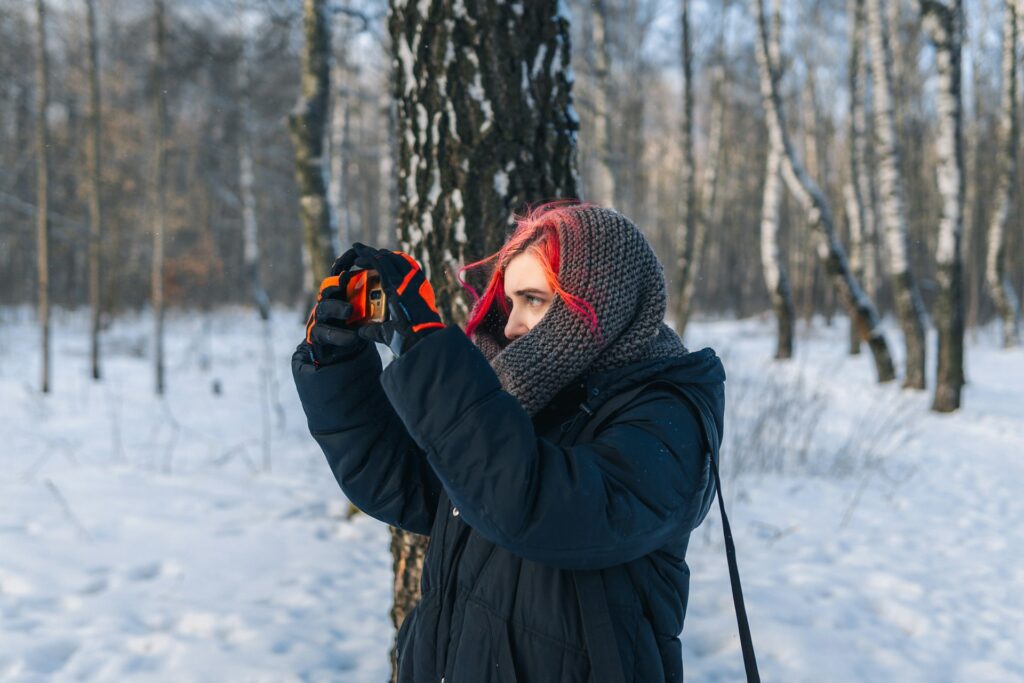
Outdoor photography inevitably exposes your equipment to environmental challenges that can damage sensitive electronics if not properly protected. Weather-sealed cameras and lenses offer significant advantages for outdoor photographers, with special gaskets and seals that resist moisture and dust ingress during light rain or dusty conditions. For more severe weather, consider investing in rain covers designed specifically for your camera model, which allow access to controls while providing comprehensive protection. Temperature extremes affect both equipment performance and battery life—keep spare batteries warm in inside pockets during cold weather shoots, as cold temperatures can reduce capacity by 50% or more. When moving between significant temperature differences (like from an air-conditioned hotel to humid jungle conditions), allow your gear time to acclimate gradually to prevent condensation forming on optical elements and electronic components. Silica gel packets stored in your camera bag help manage humidity, while microfiber cloths and lens cleaning solution should always be accessible for removing water droplets or dust that could affect image quality.
Post-Processing for Outdoor Photography
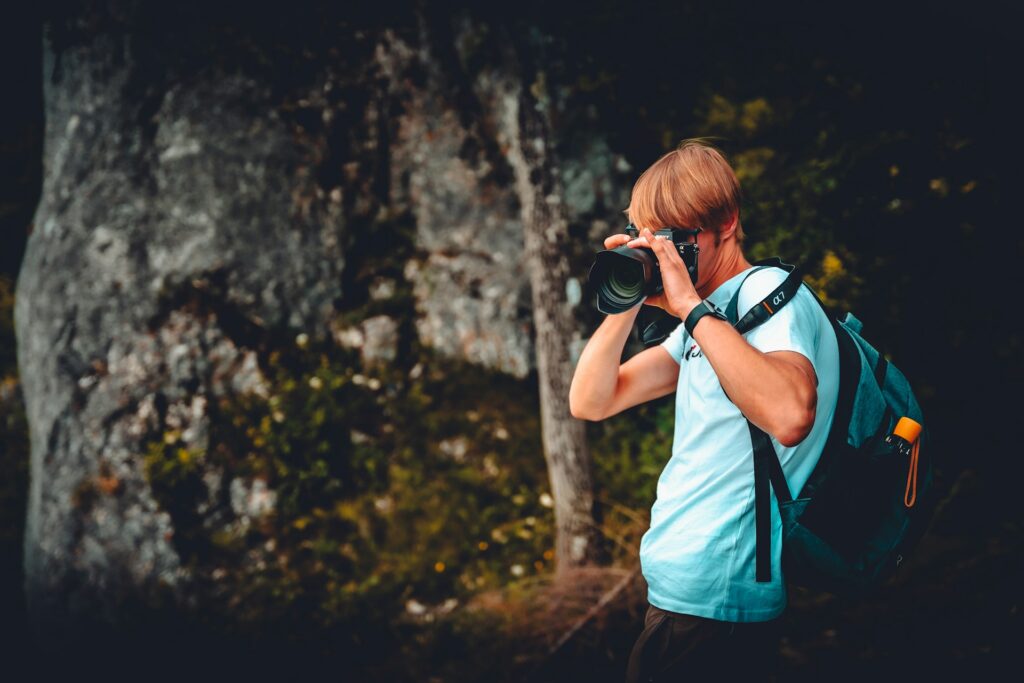
While capturing compelling images in-camera should always be the primary goal, thoughtful post-processing helps refine your outdoor photographs to match your creative vision. Consider shooting in RAW format, which preserves significantly more image data than JPEG, allowing greater flexibility in adjusting exposure, white balance, and color during editing. Basic adjustments like optimizing contrast, enhancing colors, and adjusting white balance can transform a good photograph into a great one without crossing into unrealistic manipulation. For landscape photography, graduated filters in editing software help balance exposure between bright skies and darker foregrounds, while targeted adjustments to clarity can enhance texture in elements like rock formations or tree bark. Develop a consistent editing workflow that begins with global adjustments to the entire image before moving to selective enhancements of specific areas, helping maintain a natural look while still drawing attention to important elements. Remember that subtle adjustments often yield more pleasing results than dramatic manipulation—aim to enhance what’s already present in your image rather than fundamentally changing its character.
Planning and Researching Photo Locations
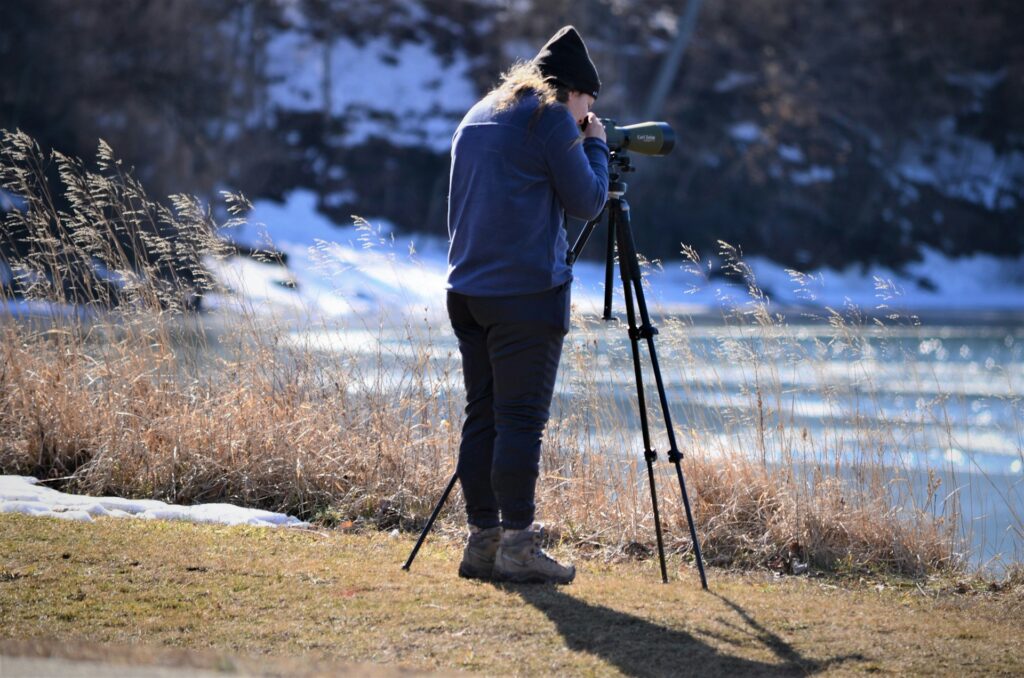
Successful outdoor photography often depends on thorough research and planning before ever setting foot on location. Photography apps and websites like PhotoPills, The Photographer’s Ephemeris, or SunCalc help predict exactly where and when the sun will rise and set at specific locations, allowing you to visualize potential lighting conditions before your trip. Social media platforms and location-specific photography websites provide inspiration and precise coordinates for promising shooting locations, though consider developing your own unique perspective rather than simply recreating popular compositions. Topographic maps and hiking guides help identify accessible vantage points with compelling views, particularly for landscape photography where elevation changes dramatically affect perspective. When planning longer photography trips, build flexibility into your schedule to accommodate unexpected weather changes or to revisit locations when conditions improve—some of the most dramatic photographs result from quickly adapting to changing light or atmospheric conditions rather than rigidly following a predetermined plan.
Developing Your Personal Style in Outdoor Photography
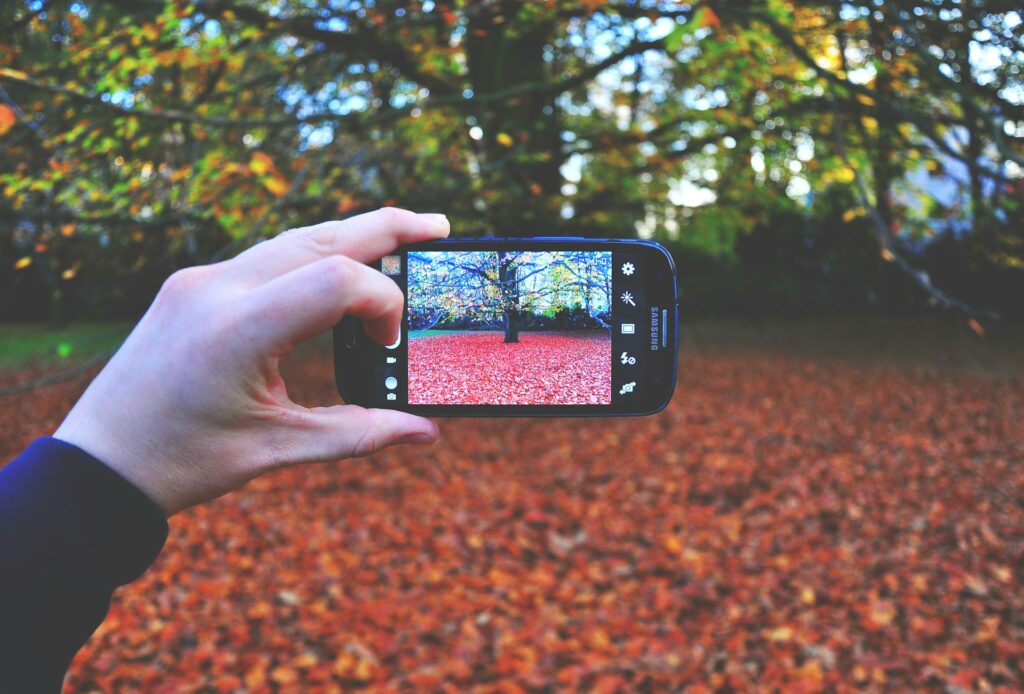
As you gain experience in outdoor photography, developing a recognizable personal style helps your work stand apart from countless similar images. Personal style emerges gradually through consistent practice and conscious reflection on what aspects of the natural world most strongly resonate with you—whether that’s intimate forest details, dramatic weather events, or the interplay of light and shadow across landscapes. Study photographers whose work you admire, not to imitate them directly but to understand the technical and creative choices that define their distinctive approach. Consider working on focused projects that explore specific themes or locations in depth, which often leads to more thoughtful and connected images than random beautiful scenes. Challenge yourself to create photographs that convey not just what a place looks like, but how it feels to be there—incorporating elements like weather conditions, seasonal changes, or human interactions with the environment. Remember that developing a personal style is an ongoing journey rather than a destination; allow your approach to evolve naturally as you gain experience and your relationship with the natural world deepens through your photography.
Conclusion
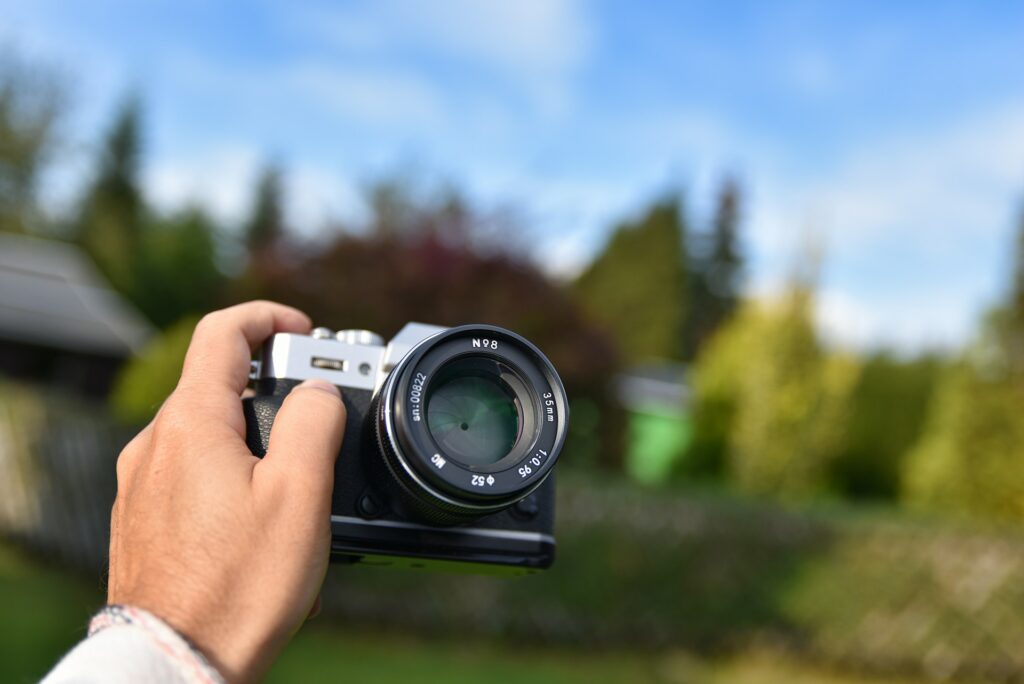
Outdoor photography offers a lifelong journey of discovery, connecting us more deeply with the natural world while developing technical and artistic skills. The fundamentals covered in this guide—understanding your equipment, working with natural light, composing thoughtful images, and adapting to various environments—provide the foundation for creating photographs that resonate with viewers. As you practice, you’ll develop both technical mastery and your unique creative perspective. Remember that some of the most rewarding images come from challenging conditions or unexpected moments when persistence and preparation meet opportunity. While striving for technical excellence is important, don’t lose sight of the emotional connection that drew you to outdoor photography—that sense of wonder and appreciation for natural beauty will continue to inspire your best work long after you’ve mastered the technical aspects.

